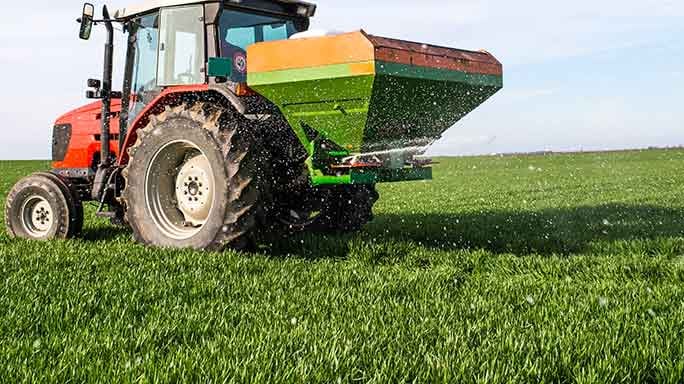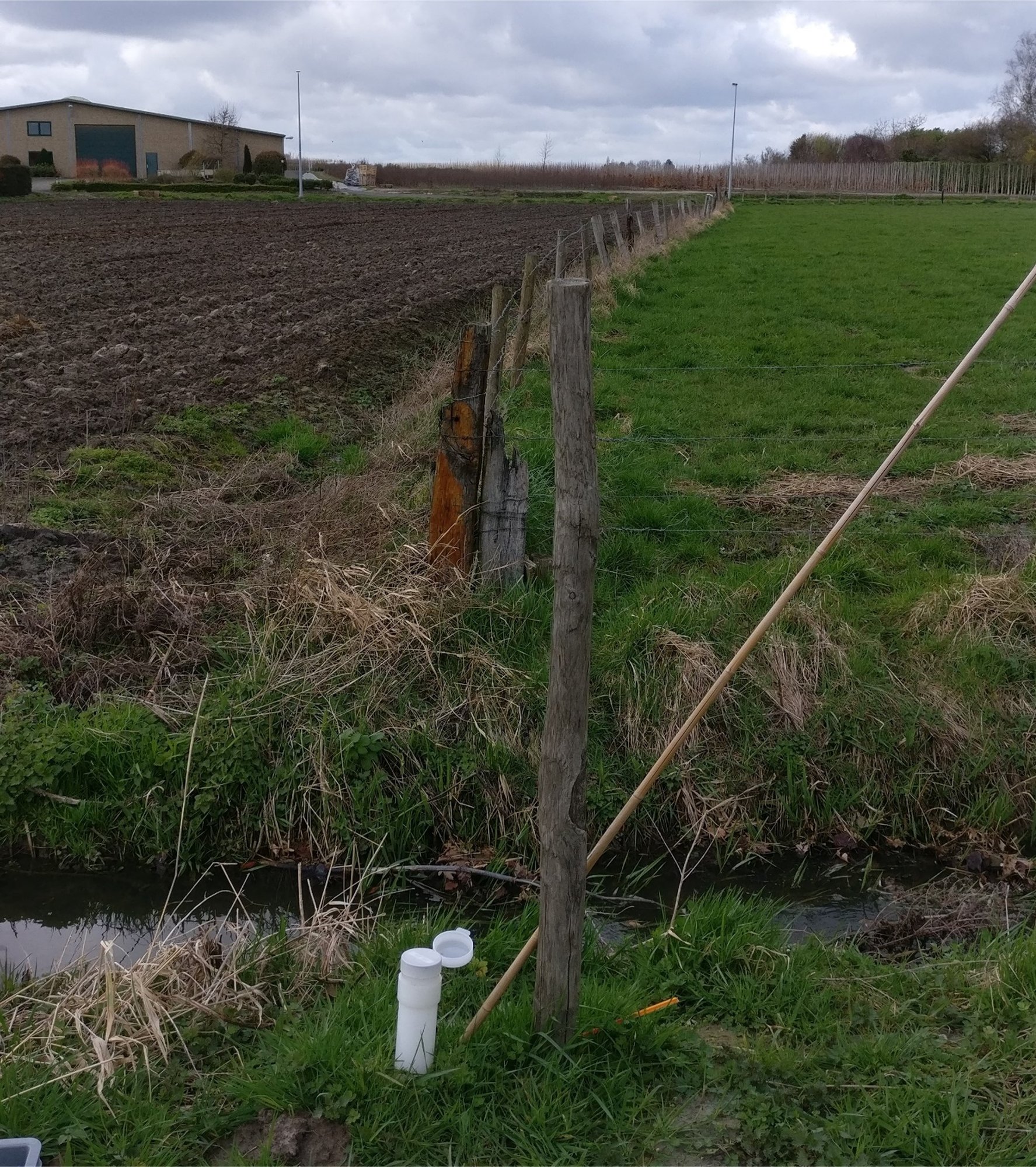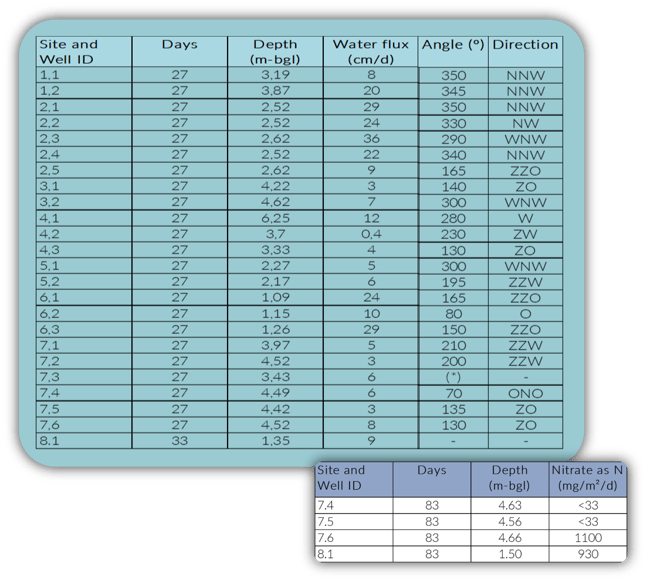Case Study
Improving fertilizer action plan with nitrate flux data

iFLUX Sampler
Nitrate Flow rates
Argiculture
CVBB
Belgium
Our value
Investigating Flanders' Shrinking Groundwater availability for Agriculture
Nitrate leaching assessments
Groundwater flow direction assessments
Situation
Due to increased consumption and pressure on groundwater, agriculture has to cope with decreasing groundwater levels in Flanders, resulting in lower water availability for crops. In addition, in order to optimize yields and avoid nitrogen losses from soils and the leaching of nitrates into the water tables, a fertilization action plan must be put in place. It was therefore important to have a thorough understanding in flow patterns of both groundwater and soluble nutrients.
Sampling
The shallow wells of the 8 measuring stations, spread all over Flanders, have been equipped with iFLUX samplers to measure groundwater fluxes. In addition, each of the 24 equipped wells has been subjected to flow direction measurements. Finally, nitrate flux measurements were carried out in 4 piezometers at 2 measuring stations.

"The iFLUX data gave insight into the behavior of shallow aquifers and the transfer of nitrogen at several measuring stations throughout Flanders."
Challenges
How to assess the groundwater and contamination:
- Determine groundwater flow patterns
- Relation between flow velocity and direction
- Leaching of nitrates?
The Solutions
iFLUX provides insight in underground movement of groundwater:
- Flux measurements in shallow groundwater at several locations from each investigated site enable location of high and low flow areas
- Additional direction measurements enable identifying clear flow patterns
- Measuring mass fluxes gives insights in wether and how nitrate spreads
The Result
Both water flux and flow direction measurements gave better insights in groundwater mobility at each location, enabling to identify clear flow patterns and to better assess drainage and recharge potential of the different areas of each measuring station.
The mass flux measurements allowed to identify higher leaching zones. For example, by combining the data from water flow and mass flux measurements at station 7 ‘in the east of Flanders’, it appears that the groundwater velocity must reach a certain threshold before nitrate fluxes can be detected. Based on the measurements, this threshold value is comprised between 6 and 8 cm/d.
Finally, the various iFLUX measurements have made it possible to define areas that are more or less sensitive to leaching, i.e. areas with higher or lower groundwater flow velocities. Flow and flux measures are an excellent Decision Support Tool to define a more realistic Fertilizer Action Plan. This was not possible based on solely conventional techniques. Innovation was needed and iFLUX provided a durable and winning solution.

Blue table, column 6: Z=South ; N= North ; W=West ; O=East
See how iFLUX will help your project.
Get in touch to review how the iFLUX Sampler will support your project.